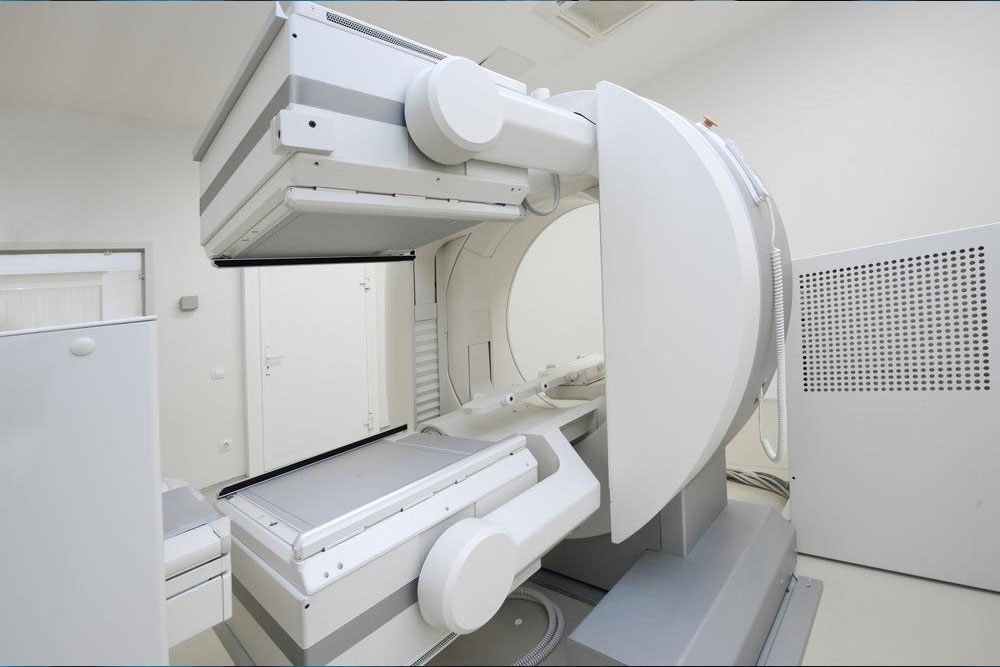Advantages of a PET scan for lung cancer
Today, lung cancer has become a widespread condition and is one of the most common causes of cancer-related deaths in the world. The disease is triggered when certain cells in the lungs grow in an uncontrollable and abnormal manner. Lung cancer is recognized in two major categories, i.e., small-cell lung cancer and non-small cell lung cancer. Like cancer in every part of the body, lung cancer is best treated and manageable when detected in the early stages.

The technology currently used to diagnose and treat lung cancer includes a positron emission tomography (PET) scan. This medical imaging technique involves an imaging device and a radioactive tracer to get a thorough understanding of the tissues in the organ. The scanning process begins by injecting the patient with a tracer that is most commonly fluorodeoxyglucose, which is a substance treated as sugar glucose by the body. Once the fluorodeoxyglucose is fixed in the body, the PET scanner effectively produces a detailed image capture for evaluation. The PET scan may be used in combination with a computed tomography (CT) scan to achieve a three-dimensional image that highlights the lungs’ health with accuracy.
Uses of PET scan in lung cancer
A PET scan can be widely used for diagnosing lung cancer to be a major contributor in the treatment of lung cancer. It can determine the location of the cancerous cells and the extent to which they have spread in the body. An important fact is that a PET scan aids in selecting the most appropriate course of treatment and managing care for lung cancer.
Advantages of a PET scan in lung cancer
Accuracy
A PET or PET-CT scan is the most accurate method that is currently available for determining the traces of cancer cells in the lungs. It is also a reliable tool used to pinpoint whether the treatment is showing results in cancer cell destruction and if the cells are spreading across other body tissues.
Non-invasive procedure
The high accuracy of a PET scan is a great alternative to other invasive methods. It eliminates the need for other surgical procedures that involve the collection of tissue and microscopic analysis of the present cancer cells. The scan greatly drops the need for surgical biopsy.
Painless procedure
A patient undergoing PET scan does not experience any type of pain during the scan procedure. Apart from the minute sting of the needle used for injecting the radioactive substance, the process is devoid of any uncomfortable feeling.
Minute details
A PET scan provides immensely detailed images of the lung tissues. This factor makes it extremely effective when distinguishing between malignant and benign tumors, irrespective of the size.
The history of PET in the field of cancer has been widely debated, experts agree that the pressing concern lies in the right interpretation of the images and using it to route the best management techniques.